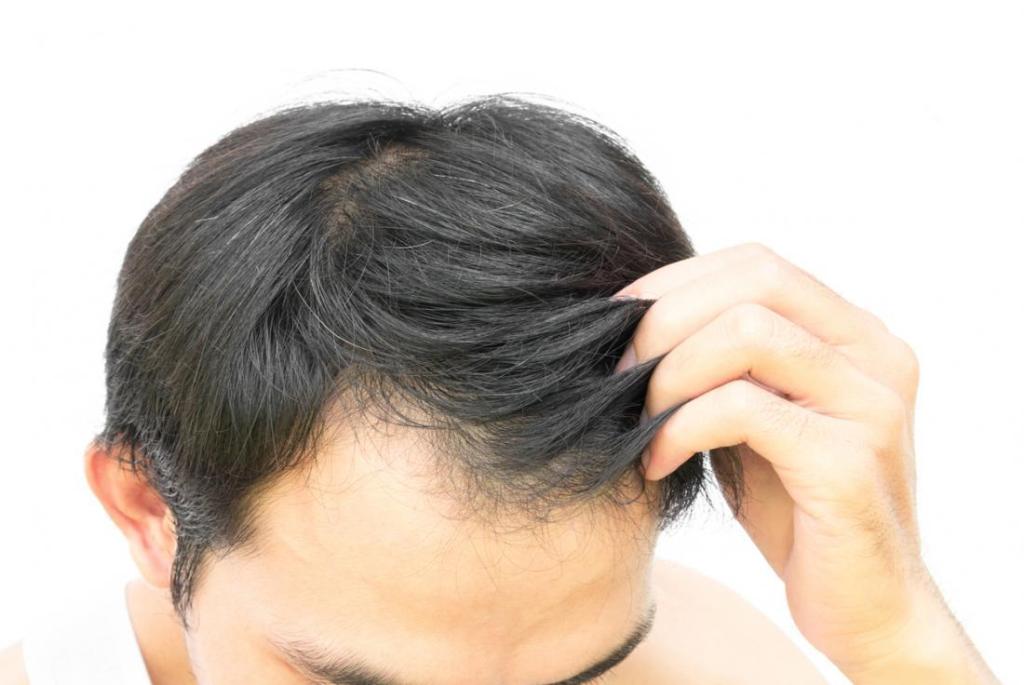
Finasteride is a widely used treatment for hair loss that works by inhibiting the hormone responsible for hair follicle shrinkage. It helps maintain existing hair and, in some cases, stimulates new growth. Since hair growth is a slow process, tracking progress requires patience and careful observation.
How Long Does It Take to See Results?
Hair growth cycles take time, and results with finasteride do not appear overnight. Most individuals begin to notice visible changes after several months. Understanding the hair growth timeline helps set realistic expectations.
Establishing a Baseline Before Starting Finasteride:
Assessing Initial Hair Density:
Before starting Finasteride Dubai, evaluating the current hair density is essential. Observing thinning areas and identifying the pattern of hair loss helps create a reference point for future comparisons.
Taking Clear Photographs:
Capturing high-quality photos of the scalp before beginning treatment provides a visual record of progress. Photos should be taken in consistent lighting and angles at regular intervals.
Monitoring Hair Shedding:
Hair shedding may fluctuate in the initial months of using finasteride. Observing daily shedding patterns and noting any significant changes can provide insights into treatment response.
Tracking Progress Over Time:
Regularly Comparing Photographs:
Consistently taking new photos every few months allows for an accurate comparison of changes. Reviewing these images side by side helps determine improvements or stabilization of hair loss.
Evaluating Hair Thickness and Texture:
Over time, hair strands may appear thicker and fuller. Running fingers through the scalp and observing hair texture indicates structural changes.
Checking Hairline and Crown Area:
The hairline and crown are common areas affected by hair loss. Regularly examining these regions in a mirror helps identify subtle improvements or maintenance of existing hair.
Noting Changes in Hair Shedding Patterns:
Observing Shedding Phases:
Hair shedding occurs in cycles, and initial increases in shedding may happen when starting finasteride. Tracking how shedding fluctuates over time helps in understanding the treatment’s effects.
Identifying Stabilization of Hair Loss:
A sign of finasteride working effectively is the stabilization of hair loss. Noticing fewer hairs in the shower or on a pillow indicates reduced shedding.
Assessing Scalp Coverage and Density:
Looking for New Hair Growth:
New hair growth may appear as fine, thin strands that gradually thicken. Close examination of the scalp under good lighting helps in spotting these changes.
Feeling Changes in Scalp Fullness:
Running hands over the scalp and assessing volume provides another measure of progress. An increase in density can be felt before it becomes visibly noticeable.
Keeping a Hair Growth Journal:
Documenting Monthly Observations:
Maintaining a journal with written notes on hair appearance, shedding patterns, and texture changes helps track improvements effectively.
Recording Personal Impressions:
Subjective observations, such as feeling more confident about hair appearance, add valuable insights to the tracking process.
Tracking Changes in Hairstyling Options:
Observing Styling Improvements:
As hair becomes thicker, different styling options become more achievable. Noticing a change in how hair holds volume can indicate positive progress.
Noting Changes in Scalp Visibility:
Reduced scalp visibility when styling hair suggests an improvement in overall hair density.
Using Digital Hair Tracking Tools:
Utilizing Scalp Imaging Devices:
Advanced imaging tools provide high-resolution scalp scans that help visualize hair density changes more precisely.
Comparing Digital Reports Over Time:
Some hair-tracking apps or software generate reports that highlight hair growth trends over months.
Setting Realistic Expectations:
Understanding That Progress Varies:
Hair regrowth differs among individuals, and patience is key. Some may experience noticeable growth, while others may maintain their current hair condition without further loss.
Focusing on Long-Term Maintenance:
The goal of Finasteride UAE is often to slow or halt hair loss progression. Any improvement or stabilization should be viewed as a positive outcome.
Adjusting Expectations Based on Individual Response:
Recognizing Different Hair Growth Rates:
Hair follicles respond at varying rates. Some may see results earlier, while others take longer to notice significant changes.
Identifying Personal Success Markers:
Success with finasteride does not always mean full regrowth. Maintaining existing hair and preventing further loss are also key achievements.
Staying Consistent for Optimal Results:
Following a Regular Routine:
Adhering to a consistent regimen ensures the best possible outcome. Skipping doses may affect progress, so maintaining regular usage is important.
Tracking over a Year:
Progress should be evaluated over an extended period, as results become more apparent with continuous use.
Recognizing When to Continue Tracking:
Assessing Long-Term Stability:
Once a stable hair density is reached, continued tracking ensures the maintenance of results.
Identifying the Need for Adjustments:
If hair loss resumes despite consistent use, further evaluation may be needed to determine the best course of action.
Conclusion:
Tracking progress with finasteride for hair loss requires patience, consistency, and careful observation. Regularly assessing changes through photos, shedding patterns, hair density, and overall scalp coverage provides a clear understanding of treatment effectiveness. By maintaining realistic expectations and staying committed to a tracking routine, individuals can accurately evaluate their hair restoration journey.